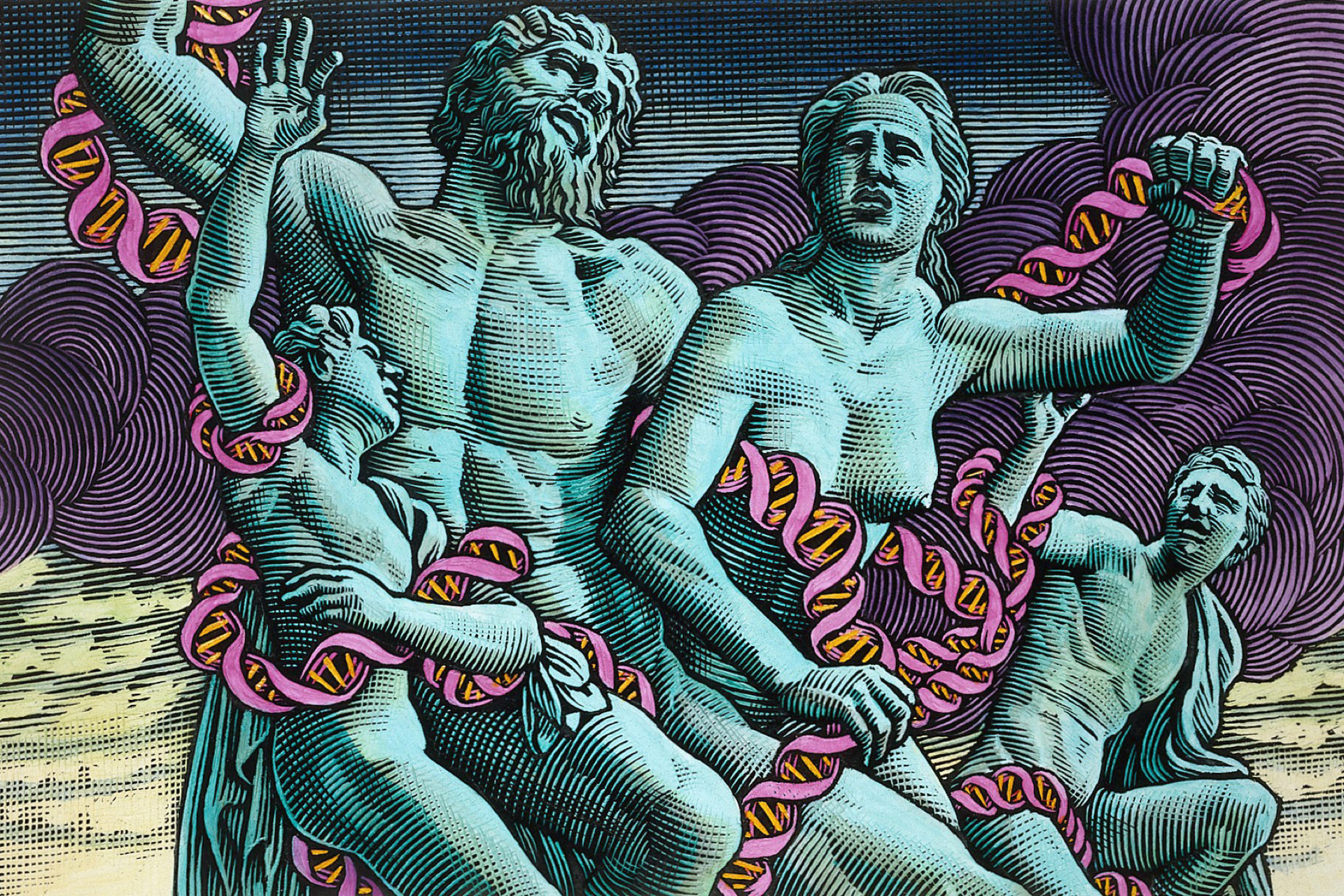It was with much emotion and enthusiasm that Baroness Mary Warnock, Patron of the Progress Educational Trust (PET) – which publishes BioNews – was welcomed as the first speaker at this year's PET Annual Conference, 'Rethinking the Ethics of Embryo Research: Genome Editing, 14 Days and Beyond'. Like Sarah Norcross, who chaired the session, we were all thrilled to see and listen to this iconic figure in the field of human embryology regulation. The Warnock report, written more than 30 years ago, has had a huge impact on society by shaping legislation in the UK and around the world. It also remains a landmark reference in bioethics, giving ethical consideration to a number of delicate issues related to the development and use of new reproductive technologies.
This year, one of the main topics of the PET conference was whether embryo research should be extended beyond the current 14-day limit. This presented Baroness Warnock with a great opportunity to evoke key moments from the Committee of Inquiry into Human Fertilisation and Embryology, and how they came to propose this specific limit.
Baroness Warnock looked back on the climate of controversy and animosity surrounding new reproductive technologies in 1982. As she explained, the subject was so sensitive and complex that the committee had to be extremely careful about the terms they used. For instance, they dropped the notion of a 'pre-embryo' stage, which could imply that the embryo was insignificant or non-existent before a specific developmental point. Around this time, she recalled, it was also preferable not to read all the accusatory and defaming mail she received!
Despite all the hurdles and the uncertainty of the final outcome, the committe had been allocated just two years, and she was determined to complete the report within this time. Initially divided, the committee quickly came to agreement that if assisted fertilisation was the way forward, research using embryos was absolutely necessary to improve IVF success rates. But how could it be efficiently regulated and limited?
Knowing that a successful law relies on certainty, Baroness Warnock suggested the 14-day limit. By specifying a certain number of days rather than a point in embryo development, the rule would be clear and could be consistently applied and monitored. However, she insisted that this was not a totally arbitrary choice, as some have since implied. It was a pragmatic decision based on various criteria, including biological factors and stages of embryo development, such as the appearance of the 'primitive streak'. After this the embryo can no longer split to form twins, and so this stage could be considered as a marker of individuality. The committee members also knew that before this stage there was absolutely no development of the spinal cord and the nervous system, and thus no risk of suffering.
While this rule proved efficient from a legal perspective, the committee members never expected that it would take more than 30 years for researchers to be able to maintain a live embryo in culture for 13 days. So now that this 14-day limit could potentially be overcome in practice, should the legal rule be revised and extended?
Baroness Warnock does not think so. She believes it is still too soon to defend an extension when this limit has only just been reached. The general public still needs more time to understand what researchers are doing and what the implications are. In this respect, she reminded us that it took six years for the recommendations of the 1984 report to be translated into the 1990 Act, which gave the public time to get accustomed to the idea of human embryo research.
Instead of provoking a possible backlash from opponents of embryo research, she believes researchers should take time to study human embryo development between day 7 and day 14, and the scientific possibilities this opens up. Above all, this would enable wider discussion of the purpose of this type of research and its possible benefits, such as better understanding the causes of miscarriage or finding ways to prevent or treat incurable disorders.
Baroness Warnock emphasised how important it is 'to have the public with us' and to generate social consensus on such sensitive and complex topics. A clear understanding of the expected benefits of new research is essential to decide whether such research is worthwhile and whether it justifies changing existing laws. This advice sounds especially wise and timely in the light of current discussions in the UK about genome editing, and the HFEA's subsequent approval of mitochondrial donation. Her presentation, which was followed by thunderous applause, reminded us how important ethical discussions and public dialogue are at a time of increasingly rapid scientific developments and technological innovations.
PET would like to thank the sponsors of its conference - Merck, the Anne McLaren Memorial Trust Fund, Ferring Pharmaceuticals, the London Women's Clinic, the Medical Research Council and Caribou Biosciences.






Leave a Reply
You must be logged in to post a comment.